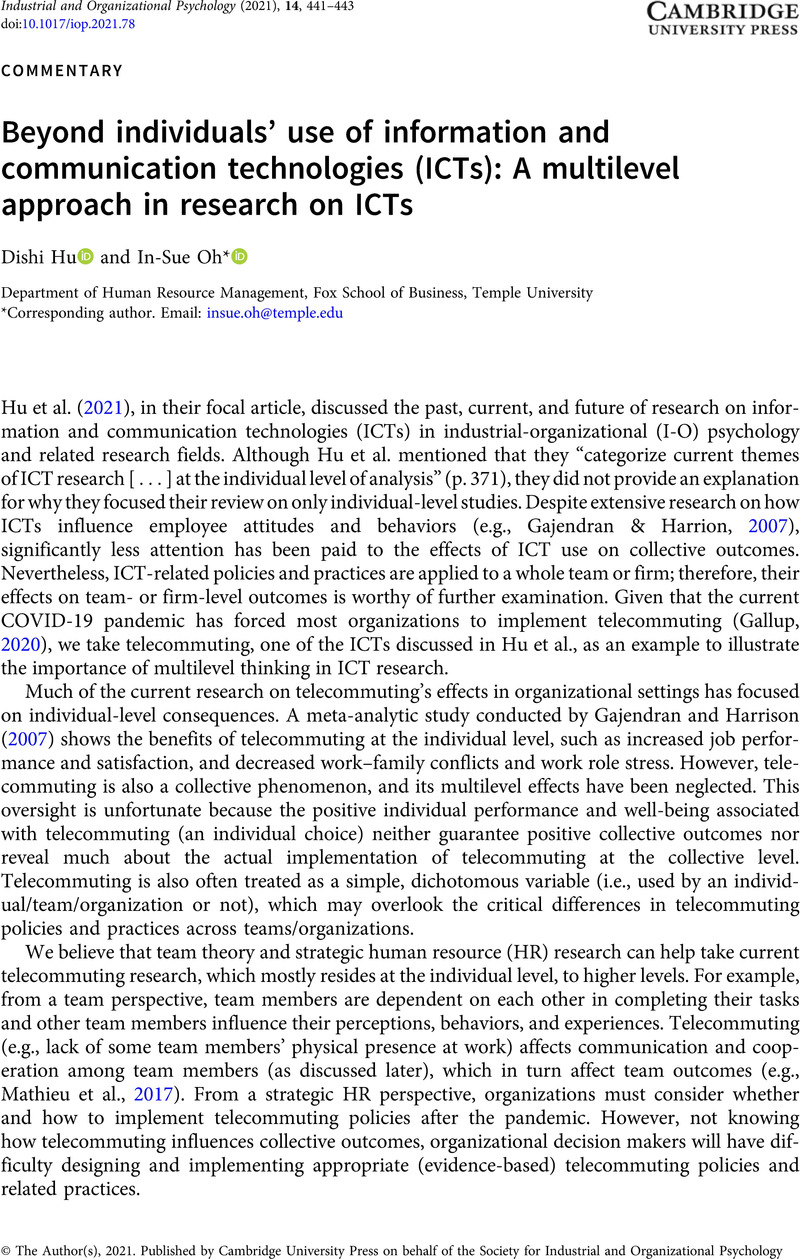Crossref Citations
This article has been cited by the following publications. This list is generated based on data provided by Crossref.
Hu, Dishi
and
Oh, In-Sue
2022.
Research in Personnel and Human Resources Management.
p.
157.
Shams‐Vahdati, Neda
Shams Vahdati, Samad
and
Samad‐Soltani, Taha
2024.
Design and evaluation of collaborative decision‐making application for patient care in the emergency department.
Health Science Reports,
Vol. 7,
Issue. 2,
Yousifi, Dilber
2024.
Resource Management Performance: A Sectoral Analysis in the Post-Conflict Kurdistan Region of Iraq.
p.
213.



